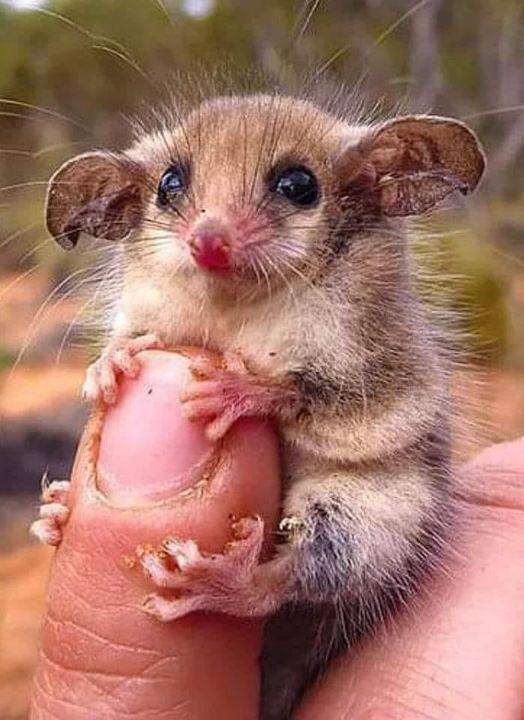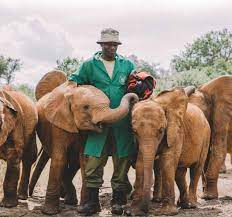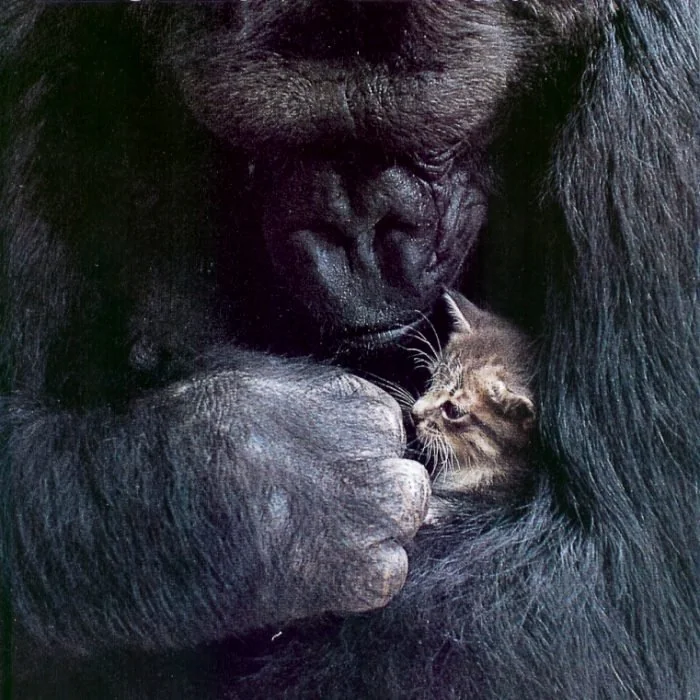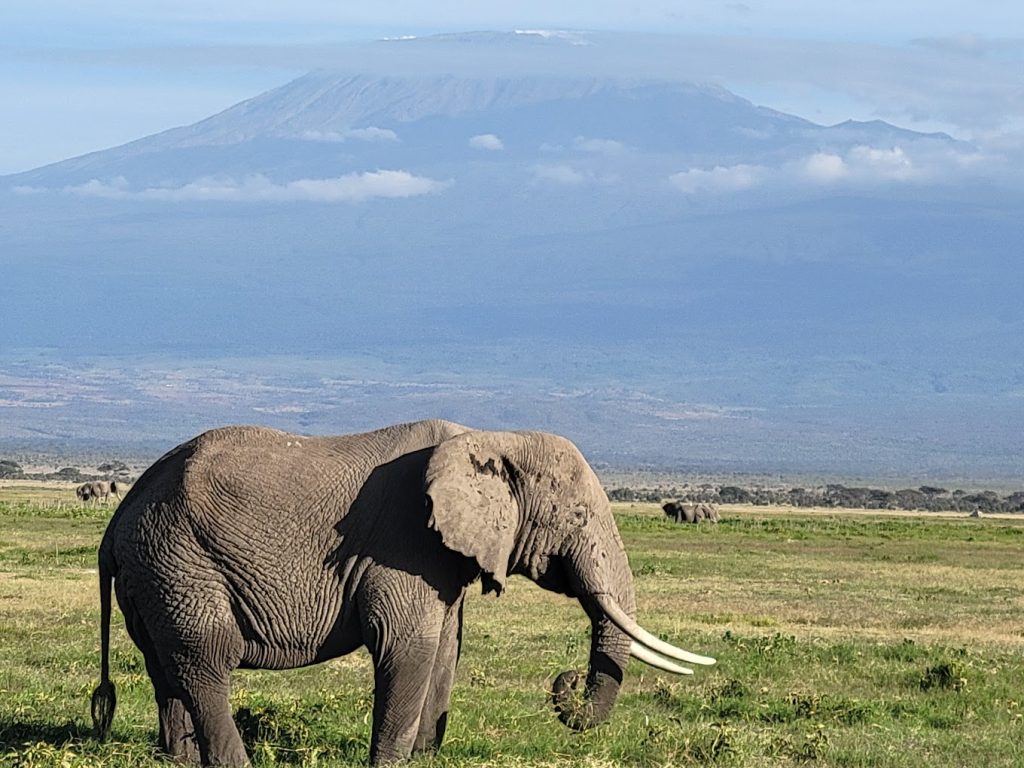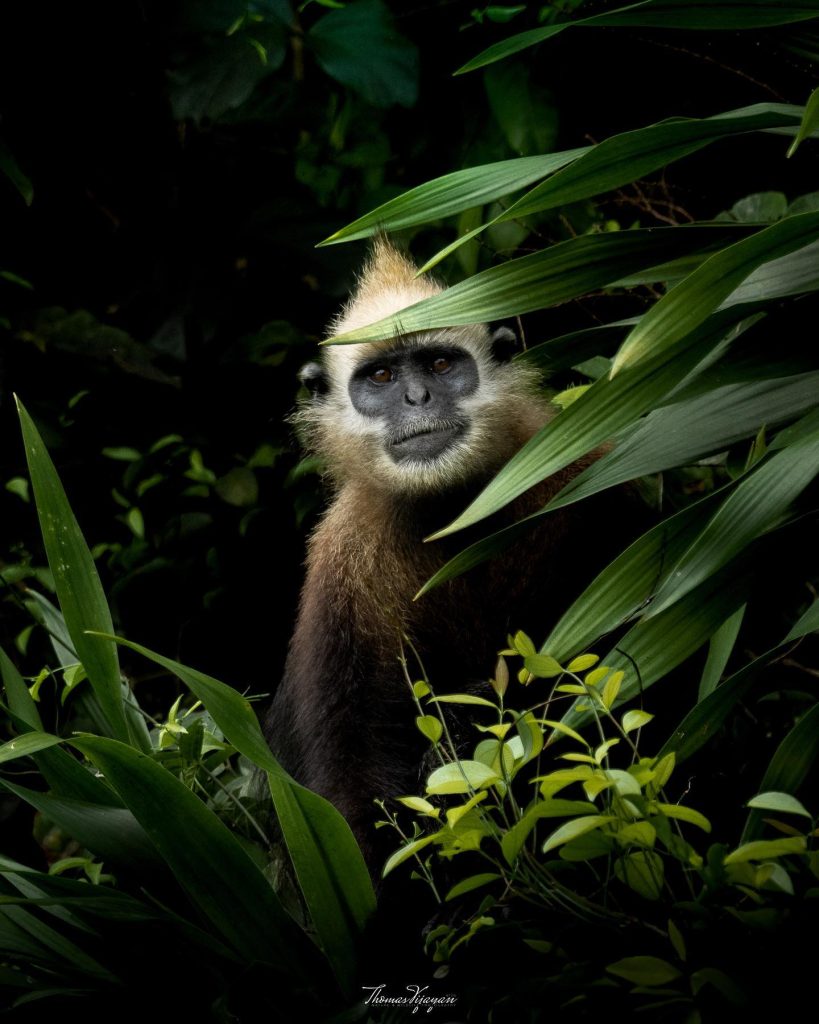Animals are often portrayed as creatures that strictly interact within their own kind. However, nature tells a different story—one filled with surprising friendships, cross-species cooperation, and emotional bonds that defy evolutionary expectations. From dogs and elephants to birds and dolphins, the social lives of animals are far more complex and inclusive than once believed. This article explores the fascinating world of interspecies relationships, how they develop, and what they teach us about empathy, communication, and social intelligence in the animal kingdom.
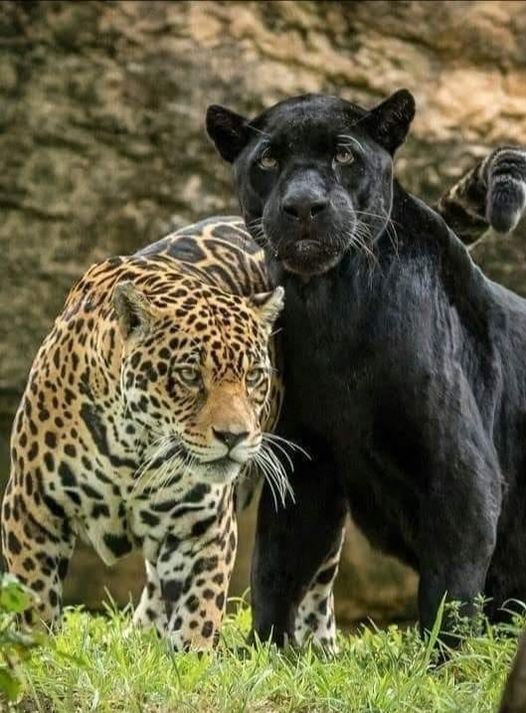
Understanding Interspecies Bonding in the Animal World
Interspecies bonding refers to the emotional or cooperative relationships formed between animals of different species. These bonds can form in the wild, in captivity, or through human intervention, and they often challenge our traditional understanding of animal behavior.
Common Examples of Cross-Species Friendships
- Dogs and cats living together peacefully in the same household.
- Goats and horses forming protective partnerships on farms.
- Dolphins helping stranded whales or even assisting humans in distress.
- Elephants and dogs forming companionships in wildlife sanctuaries.
These interactions aren’t just flukes—they often reflect deep-rooted social instincts and the capacity for empathy and companionship.
Why Do Animals Bond Across Species?
There are several reasons animals form cross-species relationships, including:
- Survival and Mutual Benefit
In the wild, some animals partner for practical reasons. For example, oxpeckers and rhinos share a symbiotic relationship—oxpeckers eat parasites off the rhino’s back, benefiting both.
- Social Needs and Companionship
Highly social animals, such as primates, elephants, and dogs, may seek companionship when their own species are unavailable. In sanctuaries or domestic settings, animals often reach out to other species for interaction and emotional comfort.
- Shared Environments
Animals raised together in the same environment from a young age often develop lasting bonds regardless of species. This is common in animal rescue centers, farms, and zoos.
- Human Influence
Domestication and human care often create conditions where animals are more open to cross-species bonding. For example, a cat raised with a rabbit may treat it as part of its social circle.
Scientific Insights: Are Animals Capable of Empathy?
Recent studies suggest that many animals possess basic forms of empathy, emotional intelligence, and social awareness. For instance:
- Elephants have been observed comforting distressed companions, including those of other species.
- Rats have shown willingness to help trapped peers, even when there’s no reward.
- Dolphins exhibit behaviors suggesting they can distinguish between play, distress, and cooperation, including interactions with other marine species.
These findings support the idea that animals are capable of forming emotional connections beyond instinctual needs.
Famous Examples of Interspecies Friendships
- Koko the Gorilla and Her Kittens
Koko, a gorilla who learned sign language, famously cared for pet kittens, showing tenderness and grief when they passed away.
- Tarra the Elephant and Bella the Dog
In a Tennessee sanctuary, an elephant and a stray dog became inseparable companions, spending every moment together despite their size and species differences.
- Mabel the Chicken and the Puppies
In the UK, a chicken named Mabel took on the role of “mother” to a litter of orphaned puppies, even keeping them warm under her wings.
These stories, while anecdotal, reflect consistent patterns of social flexibility and emotional capacity across species.
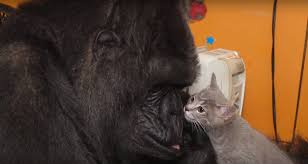
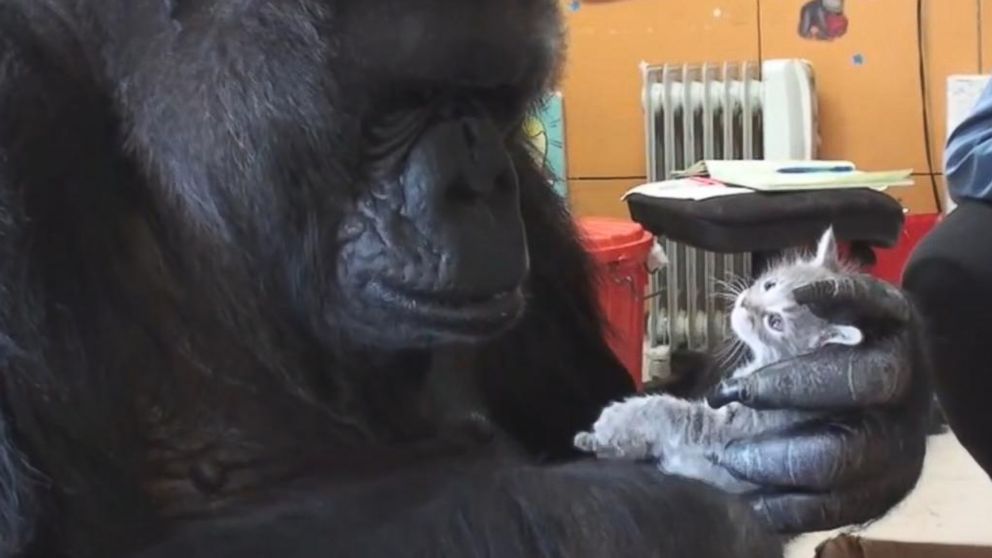
The social lives of animals are more nuanced and inclusive than once imagined. Interspecies bonding isn’t just a curiosity—it’s a testament to the emotional depth, adaptability, and interconnectedness of life on Earth. From cooperation in the wild to heartwarming friendships in sanctuaries, animals continue to inspire us with their capacity to connect, care, and coexist beyond species lines.
What Humans Can Learn from Animal Social Behavior
The social lives of animals offer valuable lessons for humans:
- Empathy is not exclusive to humans—many species show care, cooperation, and concern.
- Communication transcends language, often relying on body language, tone, and touch.
- Diversity in relationships strengthens communities, both in the wild and in our own lives.
Understanding animal behavior helps deepen our appreciation for biodiversity, fosters ethical treatment of animals, and reminds us of the power of connection—even across boundaries.
